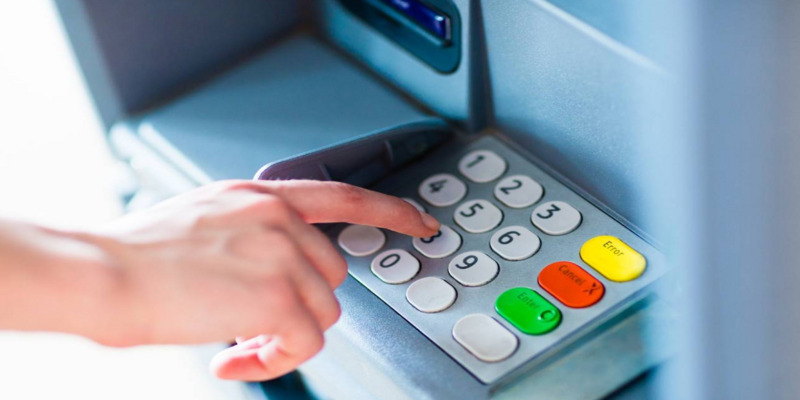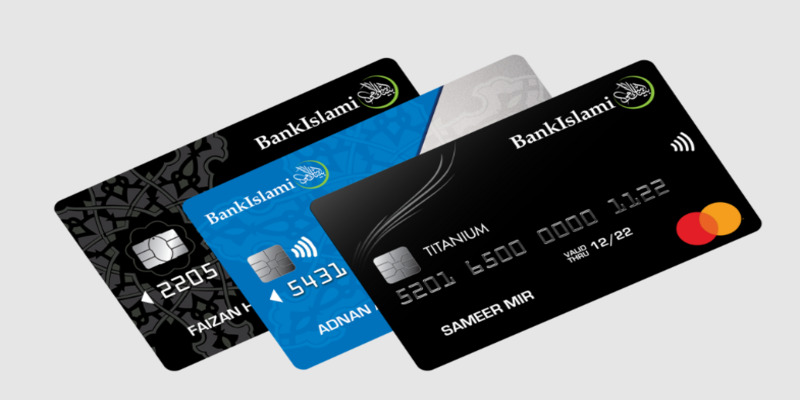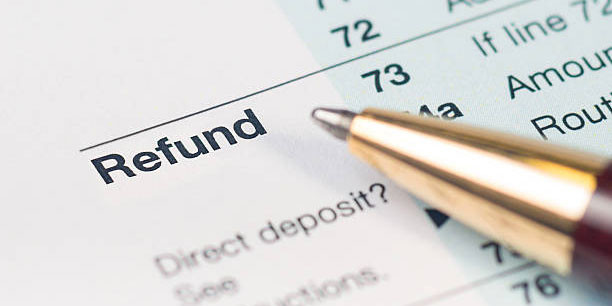Imagine this: you're in a pinch, low on cash, and miles away from your bank or the nearest branch. You start to wonder if you can use your trusty Credit Card at an ATM to get some cash. Well, the short answer is yes! Using a Credit Card at an ATM is possible, but you should know some important things before inserting that plastic card into the machine.
Let's dive into the details and explore the world of credit cards and ATMs.
The Basics of Using a Credit Card at an ATM
Using your Credit Card at an ATM is a handy option for accessing cash, but it's essential to understand the underlying process and potential costs.
Can You Use a Credit Card at an ATM?
Yes, you absolutely can! Credit cards aren't limited to swiping for purchases; they can be used at ATMs too. This ability can be a lifesaver in emergencies or when you need cash quickly.
Understanding Credit card cash advances
Before we get into the nitty-gritty, let's discuss a Credit card cash advance. When you use your Credit Card at an ATM, you're essentially taking out a short-term loan from your credit card company. The amount you withdraw is added to your credit card balance, and you'll be required to pay it back, along with any associated fees and interest.
What You Need to Know About Credit Card PINs
To use your Credit Card at an ATM, you'll need to know your Personal Identification Number (PIN). Your PIN is a four to six-digit secret code that ensures the security of your transactions. It's crucial to keep your PIN confidential and never share it with anyone. If you don't have a PIN or have forgotten it, contact your credit card issuer to set one up or retrieve it.
How to Make ATM Cash Withdrawals with a Credit Card
Successfully withdrawing cash from an ATM using your credit card involves specific steps, including finding a compatible ATM, entering your PIN, and being mindful of transaction fees and limits.
Locating an ATM That Accepts Credit Cards
First things first, not all ATMs accept credit cards for cash withdrawals. To avoid disappointment, look for ATMs that display the logos of major credit card networks like Visa, Mastercard, or American Express. These machines are more likely to support credit card transactions.
Inserting Your Credit Card
Once you've found a compatible ATM, insert your credit card into the card slot like a debit card. Ensure it's inserted with the chip or magnetic stripe facing the right way. The ATM will prompt you to enter your PIN.
Entering Your PIN

Carefully type in your PIN using the keypad provided on the ATM. Double-check your entries to avoid any mistakes. Most ATMs will limit the number of attempts, and too many failed attempts could result in your card being temporarily blocked for security reasons.
Reviewing Fees and Limits
Before completing your transaction, it's essential to pause and carefully examine any charges linked to the withdrawal. Credit card cash advances frequently entail higher interest rates and supplementary fees than standard credit card purchases. Moreover, your credit card provider may have established daily or per-transaction withdrawal restrictions. Being aware of these factors is crucial to making informed financial decisions.
Completing the Transaction
Complete the transaction once you've confirmed the withdrawal amount and know any fees. The ATM will dispense the requested cash, and you'll receive a receipt. Be sure to keep this receipt for your records.
Understanding Credit Card Cash Advance Fees and Interest
Credit card cash advances incur distinct fees and higher interest rates than standard card purchases. Having a clear understanding of these associated costs is imperative before opting for a cash withdrawal, as this knowledge is essential for making an informed decision.
Credit card cash advance Fees
Using your Credit Card at an ATM isn't free. Credit card companies typically charge a cash advance fee, either a flat amount or a percentage of the total withdrawal. This fee can vary from card to card, so checking your card's terms and conditions is essential.
Interest Rates on Cash Advances
In addition to the upfront fee, Credit card cash advances accrue interest from the moment you withdraw. The interest rate for cash advances is often higher than your credit card's regular purchase APR (Annual Percentage Rate).
When to Use a Credit Card at an ATM and Alternatives to Consider
While Credit card cash advances can be a lifeline in emergencies, it's wise to explore alternatives like debit cards, mobile banking apps, and having an Emergency Fund to avoid unnecessary fees and interest charges.
Emergency Situations
While using a Credit Card at an ATM is possible, it's best reserved for genuine emergencies. The fees and high interest rates associated with cash advances can make them a costly way to access cash.
Alternatives to Using a Credit Card at an ATM
Before resorting to a Credit card cash advance, consider these alternatives:
- Debit Card: A debit card linked to your bank account is usually a better option for cash withdrawals. Debit card transactions typically don't incur the same fees and high-interest rates as Credit card cash advances.

2. Mobile Banking Apps: Many banks offer mobile banking apps that allow you to withdraw cash from ATMs without a physical card.
3. Emergency Fund: Building an Emergency Fund is one of the best financial practices. Having a stash of cash saved for unexpected expenses can help you avoid costly Credit card cash advances.
4. Travel Money Cards: If you're traveling abroad and need local currency, consider using a prepaid travel money card. These cards can be loaded with the currency you need and often have lower fees than Credit card cash advances.
Conclusion
So, can you use a Credit Card at an ATM? Absolutely. It's a convenient option in emergencies when you need cash, but it comes with its fair share of fees and high interest rates. Remember to keep your PIN secure, choose ATMs that accept credit cards, and be aware of the costs associated with cash advances.



